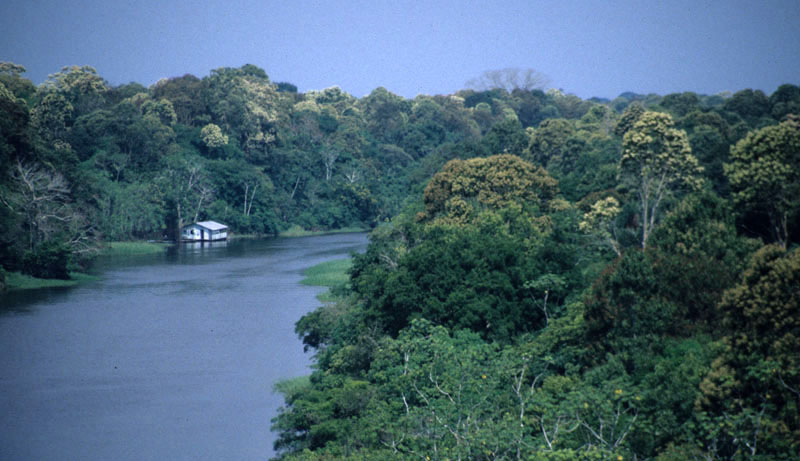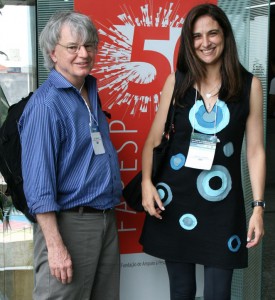Amazon Biodiversity
Posted in Science on March 21 2013, by Scott Mori
Scott A. Mori is the Nathaniel Lord Britton Curator of Botany at the The New York Botanical Garden. His research interests are the ecology, classification, and conservation of tropical rain forest trees. His most recent book is Tropical Plant Collecting: From the Field to the Internet.

From the 4th to the 8th of March I was fortunate to attend a meeting in São Paulo, Brazil, supported by the National Science Foundation (NSF) of the United States and the Fundação de Amparo à Pesquisa do Estado de São Paulo (FAPESP). The NSF is the most important supporter of pure research in the United States, and FAPESP plays the same role in the State of São Paulo. FAPESP’s importance, however, extends throughout Brazil, and like the NSF its discoveries are applied across the globe. Science progresses best when it receives strong governmental support–but that support often pays dividends well beyond the original investments!
The FAPESP research program serves as a model for state-supported research. However, it also collaborates on an even larger scale with Brazil’s national research organization, known as Conselho Nacional de Desenvolvimento Científico e Tecnológico (CNPq); and the Empresa Brasileira de Pesquisa Agropecuária (EMBRAPA). The FAPESP research program is funded by one percent of the state’s taxes and, of that, only five percent can be employed for administrative costs. São Paulo’s dedication to research has made it the leading Brazilian state in promoting pure and applied research in Brazil, and perhaps in the world!
Dr. Barbara Thiers and I traveled to Brazil with 30 other scientists to set the goals for a five-year project called “Assembly and Evolution of the Amazonian Biota and its Environment: an Integrated Approach.” The original proposal, as well as the meeting, were organized by Drs. Lúcia Lohmann of the Botany Department of The University of São Paulo and Joel Cracraft of the Ornithology Department of the American Museum of Natural History in New York.

The New York Botanical Garden was invited to participate because it has expertise in two areas that will contribute to the project. In the first place, the Brazil nut family (Lecythidaceae) is the third most dominant tree family in the Amazon, where the presence of most of its species indicates an absence of recent, large-scale forest disturbance; thus, the presence of species of this family provides evidence that the forests they grow in have high biodiversity. In the second place, NYBG’s William and Linda Steere Herbarium possesses a large collection of Amazonian plants and, under the direction of Barbara, has developed databasing and digital imaging systems allowing the NYBG to contribute distributional data to the project.
From my perspective, the most exciting part of the project is the collaboration with scientists in disciplines in which I am not trained. For example, Dr. Christopher Dick of the Department of Ecology and Evolutionary Biology at the University of Michigan will head the effort to generate evolutionary trees of the Brazil nut and Bignoniaceae families, all based on molecular data from as many as 40,000 different loci. This is a new technology called next generation sequencing.
The major goal of this project is to combine the plant data with that gathered in studies of birds, monkeys, frogs, and butterflies to determine how species are distributed over the basin; molecular and morphological data will then be used to learn how the plants and animals in Amazonia evolved over time. A key to our work will be the contributions that the group’s geologists, paleobiologists, soil scientists, climate modelers, and programmers add to our understanding of how the plants and animals we study were influenced by factors such as the formation and drying out of Amazonian lakes over geologic time.
In future posts, I will describe some of the hypotheses we will test and will inform you about other developments, such as multidisciplinary interactions that lead to a better understanding about the evolution of Amazonian biodiversity.

